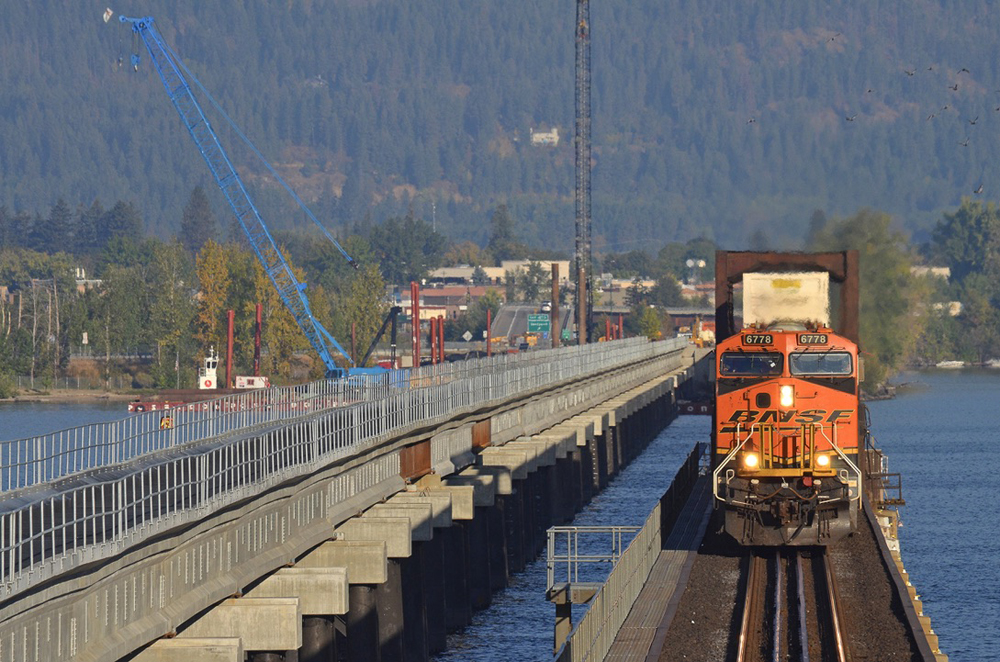
SANDPOINT, Idaho — BNSF has opened its second bridge over Lake Pend Oreille in Sandpoint, Idaho, providing a second track at a previously one-track bottleneck nearly a year ahead of schedule.
The nearly mile-long bridge, next to a structure built by Northern Pacific in 1904, opened on Sunday, Nov. 20.
“We are excited about the benefits this second bridge brings, including reducing congestion and helping to move current rail traffic more efficiently,” Matt Jones, director of public affairs for BNSF, said in a press release. “Mostly though, we are incredibly grateful to the residents of Sandpoint and the greater Bonner County area for their patience and support throughout the three-year construction of the new bridge.”
The new 4,873-foot bridge consists of 49 spans, 224 precast concrete girdes and six-pile bents totaling approximately 55,000 feet of 36-inch pipe pile. Its completion will allow closure of the existing bridge for modernization work, expected to be completed in mid-2023.
Other work to be completed before the single-track bottleneck is fully eliminated will include work on the right-of-way past the Sandpoint depot served by Amtrak’s Empire Builder. The platform there will be rebuilt to allow the second main to fit between the station and the existing main [see “BNSF’s new Sandpoint, Idaho, bridge nears opening,” Trains News Wire, Oct. 10, 2022].






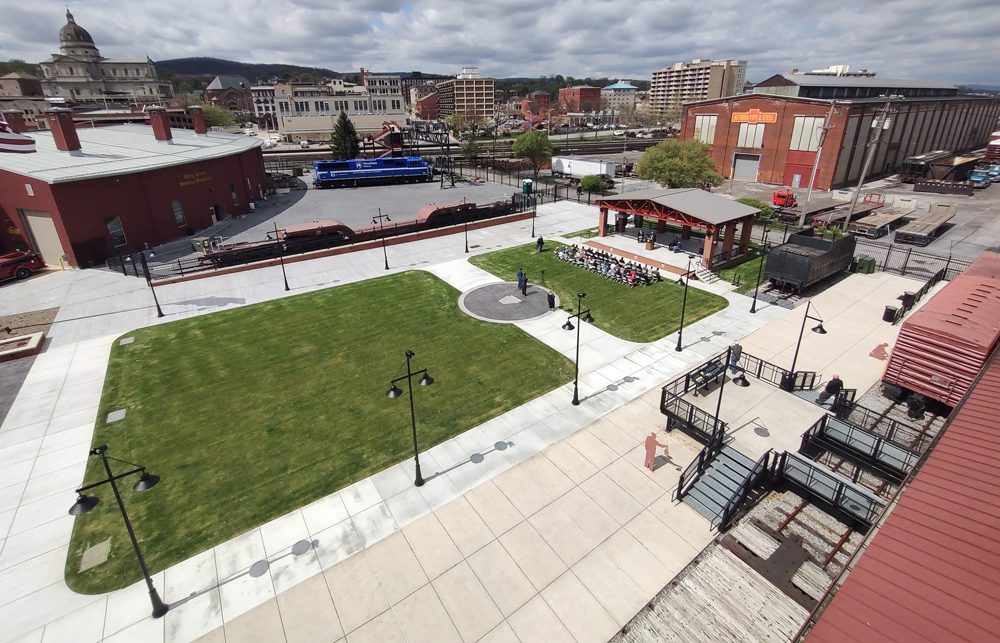
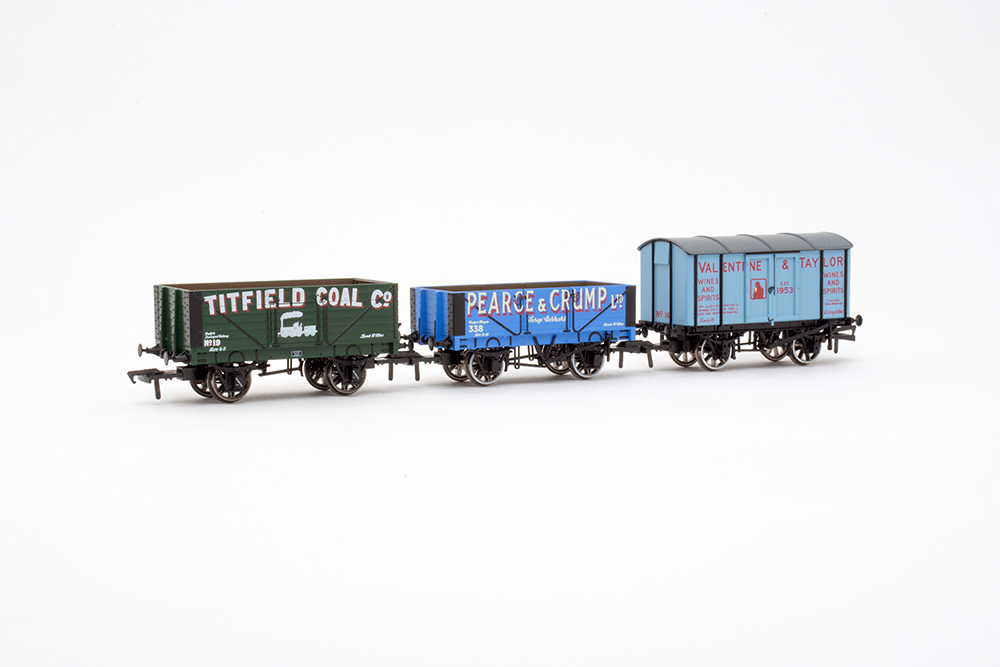
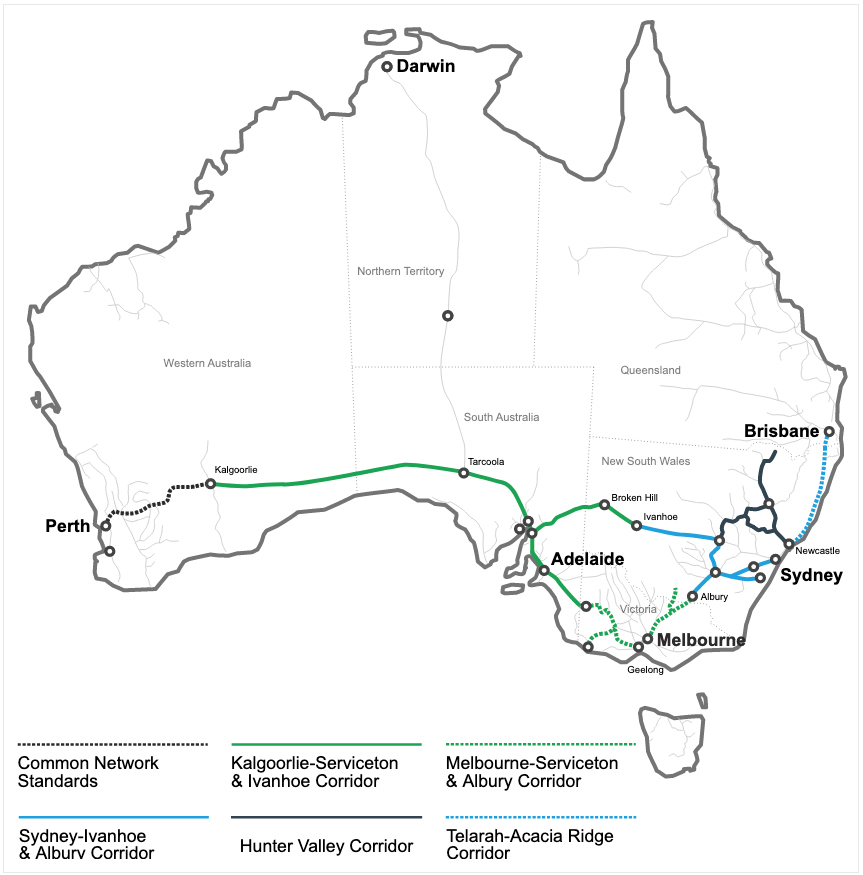
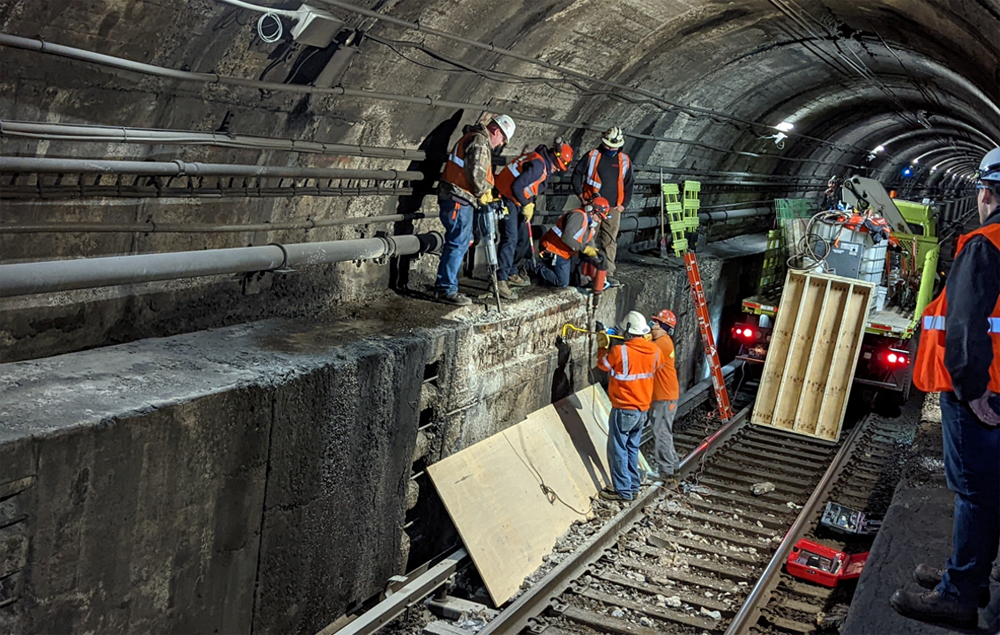




How busy is this line most days?
Believe it or not, the original bridge has a turnspan over the river channel. The new bridge seems to have eliminated that requirement. I wonder how long its been since that span has been turned on its pedestal?
I totally agree. The railroads have done an excellent job of bringing back the infrastructure after major disasters. Compare that to WASHDOT that took 22 years to complete the rebuilding of the I-5 SR 16 interchange with two new Puyallup river bridges, about 5 miles of roadway in the Tacoma. WA area. Too long when they can work 12 months of the year out here. Young adults out here have grown up with this construction never ending.
Yes, despite their challenges and issues, the Class I’ railroads definitely know how to get critical infrastructure projects done.
I suppose one could opine about the differences between the private and public sectors and their ability to “deliver” major infrastructure projects in a timely and efficient manner. Suffice it to say, ‘critical infrastructure’ for railroads like these big bridges are truly “essential” and must be built in an efficacious manner.
Nice story. In a day that people like to be critical, including many of those who post here, the railroads have done a damn good job with their infastructure. I can at least four such cases in recent history, The rebuilding of bridges by the UP in California after forest fires, another by UP in Arizona after a derailment and fire, the NS after a major derailment in Pittsburgh, and the rebuilding of a washout on the Moffat Sub on the UP where nearly 300′ of the line was washed out on a mountain side. All of these were repaired very quickly and largely on their dime. And now the BNSF brings a major project in a year early. Congratulations to all involved.
Unfortunately Bob, the projects you mentioned happened after a disaster. So, all of the normal environmental review, planning and public hearings largely do not apply. After the Northridge Earthquake in 1994, the damaged Santa Monica Freeway was rebuilt in six weeks, and Metrolink extended its service years ahead of schedule to Lancaster and Palmdale as a result of the closure of the the I-5 – SR 14 interchange collapse (that took over three years to rebuild) . So, why does it take a disaster to “get things done” quickly? Why does it take years of planning, environmental review, public hearings, etc., before BNSF may even start construction on an improvement project like this?
Yes John you make good points. And most of what i mentioned were following natural disasters. The BNSF project was new. There of course were delays in the planning stages due to environmental concerns and hearings as well as NIMBYs, but my point was that once they got started with the actual build they brought in earlier than expected and most likely with in budget.